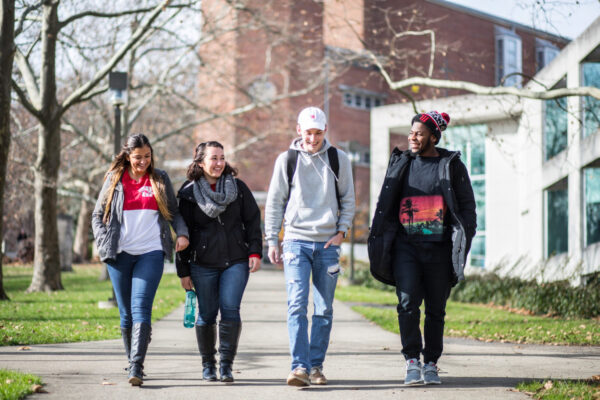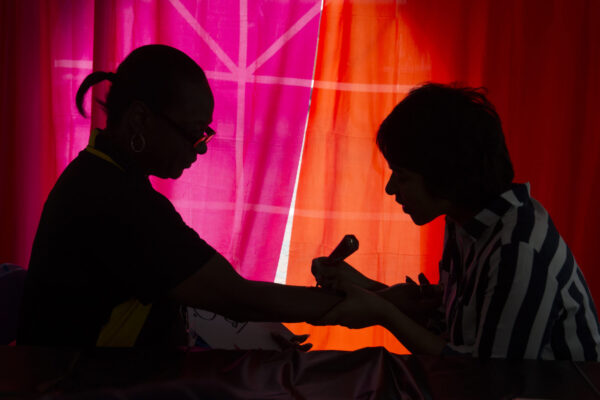Breaking the Debt Spiral of Federal Student Loan Default
Title: The Federal Student Loan Default System Keeps Families in Poverty. Here’s How to Stop It.
Source: The Institute for College Access & Success
The Institute for College Access & Success (TICAS) has issued a brief examining the effects of the federal student loan default system on borrowers who have already faced financial difficulties.
This system, rather than aiding in their recovery, often exacerbates their poverty. The populations most affected include those experiencing long-term financial challenges, first-generation college students, those who started but did not complete their education, and Black students. Federal student loan default, defined as failing to make payments for 270 days, comes with severe consequences. This includes the seizure of critical family resources like the child tax credit (CTC) and the earned income tax credit (EITC), depriving millions of families of essential, poverty-reducing funds. This process of involuntary collection can worsen the financial strain on the most vulnerable.
When examining the intersection of the population of federal student loan borrowers and the population that receives refundable tax credits, TICAS reveals that a significant portion of borrowers, approximately 20 percent or 5.1 million tax units, risk having their EITC and/or CTC refunds garnished.
To mitigate these issues, the report suggests the following policy reforms, including:
- End the garnishment of EITC and CTC for defaulted federal student loans, safeguarding vital funds for low-income borrowers.
- Remove the mandate for borrowers to bear these costs and institute a statutory ban on the imposition of fees on those in default.
- Prohibit transcript withholding, which can prevent individuals from obtaining employment, securing licensure, or transferring to another institution.
- Remove the record of default from a borrower’s credit history once the default is settled, irrespective of the resolution method.
- Prohibit states from suspending, revoking, or denying state-issued professional licenses or from levying penalties because of student loan defaults.
- Allow real bankruptcy relief for student loan borrowers and reinstate a statute of limitations for student loans.
Click here to read the full brief and analysis.
—Nguyen DH Nguyen
If you have any questions or comments about this blog post, please contact us.


